What do employees of the future world of work look like? Characteristics, skills, and mindsets of the future employee
In 1923, the cover of Science and Invention magazine featured a two-wheeled flying car that was supposed to solve the worker’s daily commute problems related to New York City’s congested streets.
In 1959, the Lubbock Morning Avalanche in Texas estimated that farmers in 2018 would work only as scientists, pushing buttons to grow whatever they desired.
In 1964, BBC Horizon featured Arthur C. Clarke, who predicted that in or around the year 2000, working remotely by leveraging advanced telecommunications would be possible.
In 2003, consultancy firm Accenture released a chilling concept video where employees could be constantly tracked in the office.
These and many other predictions about the future of work may or may not have played out precisely as forecasted. Yet even amid the hype about life-changing disruptions to how we work, most of us sense that fundamental shifts are underway. The pandemic has undoubtedly hastened the pace of workplace changes. Remote work, hybrid work, the rising need for work–life balance, and many more factors have led people to reflect on what they want their work to look like and what role they want it to play in their lives.
While it’s essential to know and understand how and where work gets done because the landscape has changed, the main question remains: Why are these changes happening?
Key drivers and their influence on the future employee and work
As more organizations recognize the benefits of extending their talents and recruiting across borders, improving work–life balance, lowering costs, increasing diversity, and so on, it’s crucial to understand the trends that are shaping the future of the world of work.
Technology
The five big technologies changing the future world of work are:
- Cloud technologies that give employees the power to access information within an organization
- Robotics, which is challenging the roles that humans can and will hold in the future
- Big data, providing insights for any business-related decision-making by understanding customer decisions, workflows, and HR processes
- IoT, which helps businesses and employees working remotely stay connected through devices that generate real-time reports, improve efficiency, and reduce human intervention
- Technologies like teleconferencing tools that connect people and information anywhere, at any time, and on any device
Global changes
The global population has been undergoing significant changes in number and composition. The average human lifespan, individual wealth, populations, societal inequalities, migration, and many more factors are changing.
As a result, the workforce is changing. For example, remote work opportunities allow employees to explore rural living. Overall, rural areas around the world have plenty of attractive factors, including less traffic congestion, less pollution, less fear of crime, and fewer distractions.
In a rural setting, an employee can focus on one thing at a time and be more productive. The employee can also enjoy better work-life balance and a lower cost of living. On the organization’s side, allowing employees to work from home helps save money that would otherwise be spent on office rent, electricity, office furniture, and other things.
Generational and demographic changes
Rapid technological development is shaping the way we work. Information and communications technology (ICT) allows people to communicate worldwide, so work is no longer tied to a specific location or time. Employees are accustomed to living their lives online. Customers expect immediate information about the product or services they want, many options, next-day delivery of goods, and immediate feedback. Younger generations are fully adapting to the digital environment.
Employers and HR professionals must reassess how they manage their future employees. The priorities and aspirations of future generations are to see the world, earn high salaries, be wealthy, buy homes, make a positive impact on the community, and have children. Employee turnover in organizations has increased for the following reasons: lack of financial rewards for achieving milestones, lack of advancement and learning and development opportunities, poor work–life balance (lack of flexibility), lack of acknowledgment, boredom, and toxic workplace culture that leads to low morale.
Rise of the professional gig economy
Don’t underestimate the desire for work flexibility as more employees dream of leaving their jobs to become their own boss. The evidence of this is the steep rise in the professional gig economy. While not a new concept within professional services, the new and more digitally savvy ways of seeking and securing work make gig-based work more favorable than a classic 9-to-5 office job. Gig workers are in greater control of their schedules and choose their clients and projects.
These key drivers are changing the way work is and will be carried out. However, this also means that the characteristics of future employees will change to adapt to the new work environment.
What does the future employee look like?
The only constant is change – Heraclitus of Ephesus, Greek philosopher
As the future world of work evolves, individuals will adapt to new ways of working to keep up with the changes. Below are the future characteristics, skills, and mindsets of a future employee.
Sense-making abilities
The term sense-making was coined by Karl Weick in 1995 and is more relevant in the workplace today than ever. The New Work culture calls for employees to seek more meaningful work. Sense-making involves understanding, interpreting, and making sense of problematic situations that cannot be resolved in a typical manner. It’s the opposite of the follow the orders blindly way of doing things. In addition, this concept deals with a continuous process, as the future employee strives to make sense of daily activities by attempting to achieve the most profound meaning from what they do.
Innovative and adaptive thinking
The labor market values each employee’s innovation Furthermore, when employees acquire innovative and creative thinking, they tend to look for opportunities that enable them to innovate. This is important given that the world and society generally are in a state of constant change, and production requires adaptive processes capable of meeting any situation. For this reason, innovative thinking skills will contribute to out-of-the-box solutions for future employees.
Intercultural competence
Businesses now have varied selection processes to incorporate employees into the workplace. One of the most significant challenges to businesses is finding qualified professionals who possess the ability to work with colleagues from other cultures. Future employees must accept differences for a diverse work ecosystem to work efficiently.
Intercultural competence applies to both professional and personal settings, as globalization focuses on diversity as one of the most critical factors for human development. In this way, acquiring intercultural competence has become a competitive advantage in the job market.
Computational thinking
The rising demand for computer programming worldwide is no surprise. And the demand will only increase further. When people have well-developed computational thinking, they are also effective at problem-solving, system design, and understanding other human beings’ behavior by using fundamental computing concepts. In this sense, computational thinking is one of the most in-demand skills for the future employee that will provide a competitive advantage.
Digital literacy
Digital literacy will no longer be optional. It has already become a foundational skill for employability in the 21st century. As the use of digital devices is increasing, digital literacy by upskilling will be essential for employees competing in the job market.
Ability to filter information
Information overload is a common problem today. Future employees will need to find ways to retain vital knowledge and avoid cognitive overload. A person’s cognitive load is the quantity of information or resources a person puts into practice to perform a task. Excess cognitive load can lead to instability or the deterioration of performance.
Role of HR leaders in the future world of work
HR leaders have been playing and will have to play a vital role in leading the workforce towards a successful tomorrow. This guide offers a clear glimpse at the types of new HR skills required to win on the future work battlefield.
The future is not all that far away
“The future is already here, it just isn’t evenly distributed.” — science fiction writer William Gibson
The fundamental nature of work itself is changing. The work that matters is knowledge work — the only trustworthy source of innovation and competitive advantage. The old industrial model of predictable, repeatable tasks and top-down management is giving way to more flexible leadership-based models. Modern leadership, not management, is appropriate for a fluid, dynamic, unpredictable economy characterized by small, autonomous, and ever-changing project teams that form and reform depending on what needs to be done at a given time.
Lastly, the primary economic value of work is also changing. It is no longer rooted in financial or physical assets but in the ties between employees and the organization. Modern employees are highly mobile and attracted by different psychological motivators from the past workforce. The implied contracts between employees and employers are also changing.
Organizations that adopt the management values and practices of the future world of work will thrive; those that do not will cease to exist. Contact us to start the reformation journey today so your organization is ready with an army of future employees to fight in the competitive market of tomorrow.
Stay up to date with our newsletter
Every month, we’ll send you a curated newsletter with our updates and the latest industry news.


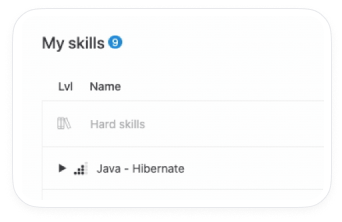
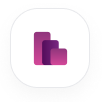









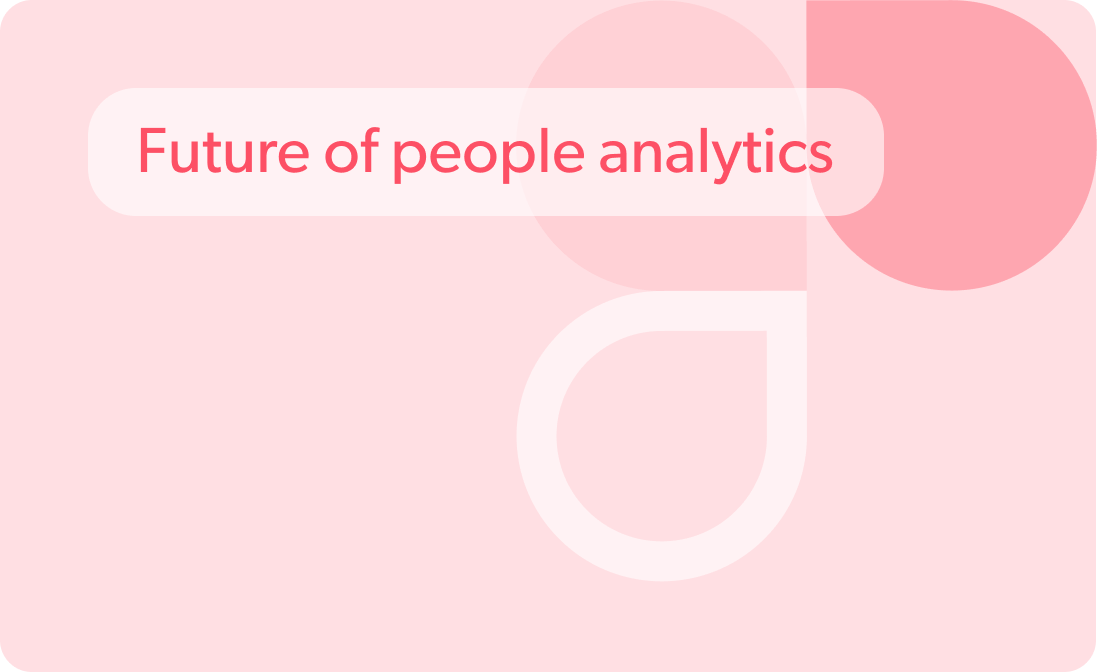

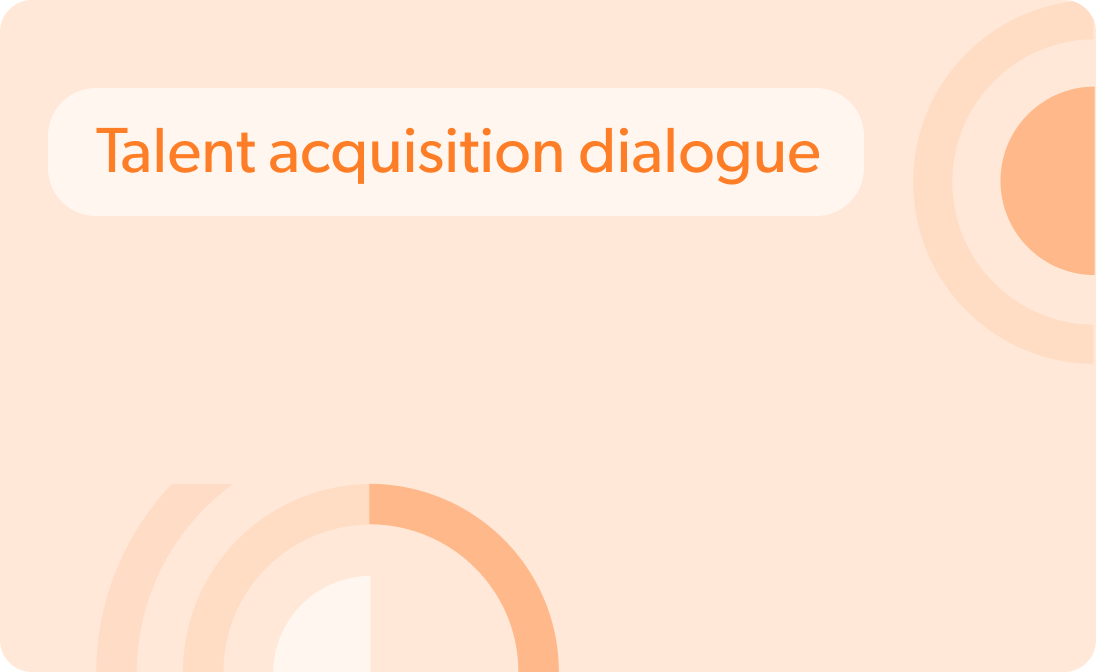










 info@hrforecast.de
info@hrforecast.de
 +49 89 215384810
+49 89 215384810






